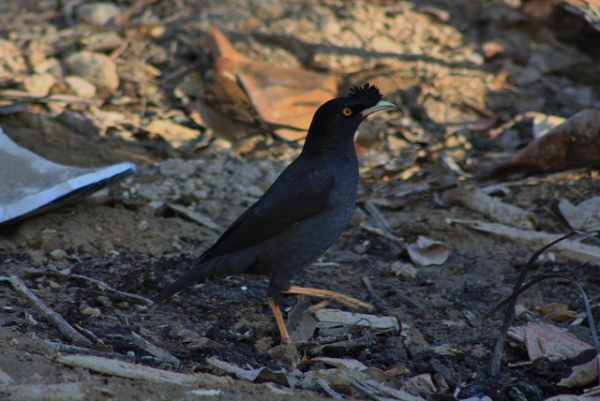This is mostly true. But to do that I would have to add "extinct" as a new attribute in my database, which would then have to be maintained and taken account of. I could certainly do that, I have lots of time on my hands these days.
But on the other hand (sorry) since I live in North America, I follow the lists published by the AOU and ABA. They aren't world lists but they are widely used here. So beyond "extinct" there's "extirpated". I'm kind of attached to the Crested Myna, which used to be common where I live, but now it's extirpated. Because it was an introduced species, the AOU has removed it entirely from its list and the ABA has moved it to an obscure appendix and doesn't include it in its species count. I'm including it in my species count regardless.
The British List is a bit more nuanced, I believe. For example Lady Amherst's Pheasant is not an A-lister any more but it's still visible in the list. Instead of just extant/extinct there's a larger set of attributes which one might consider. I prefer that approach but it makes it less likely for me to implement it in my system.








